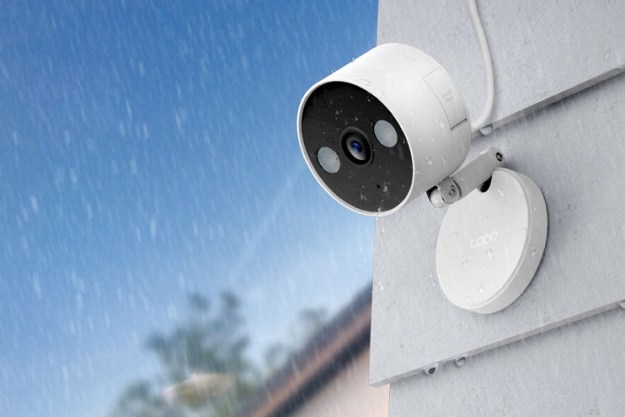
But there’s hope on the horizon. Biologists Regine and Gerhard Gries have been studying bedbugs for past five years — sometimes even offering themselves up as guinea pigs — in a quest to build a more effective remedy. Now, as explained in a recently published study in the chemistry journal Angewandte Chemie, they believe they’ve discovered a working technique.
Instead of using a fog or aerosolized spray of some sort (which have been proven to be ineffective), the duo have developed an ingenious two-part chemical trap. First, the bugs are lured our of their hiding places with a special mixture of pheromones. Once they’re out in the open, they’re hit with a very specific histamine that acts as a kind of knockout drug for bedbugs, causing “arrestment on contact.” It doesn’t kill the bugs but causes them to seize up and freeze in place, making them much easier to remove.
Unfortunately the researchers haven’t yet figured out how to transform this technique into a treatment that you can buy at your local drugstore, but their discovery is still a huge step forward in the battle against bedbugs. For now we’ll just have to wait patiently, and hopefully we’ll have Bedbug-Be-Gone at our disposal by the end of 2015. Fingers crossed!




